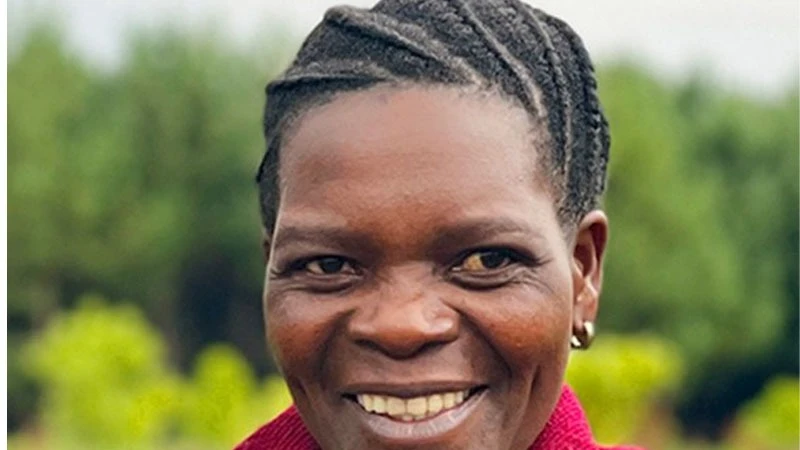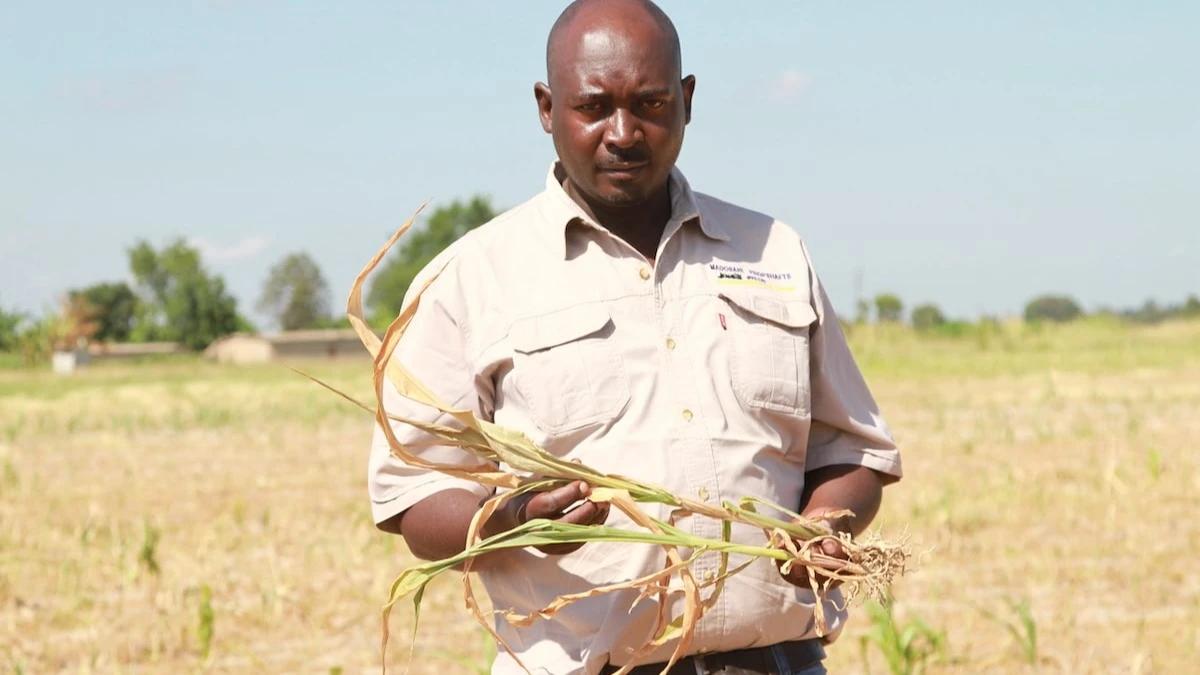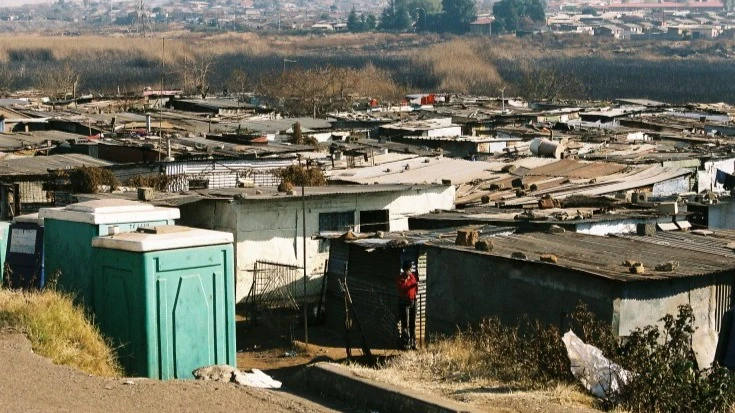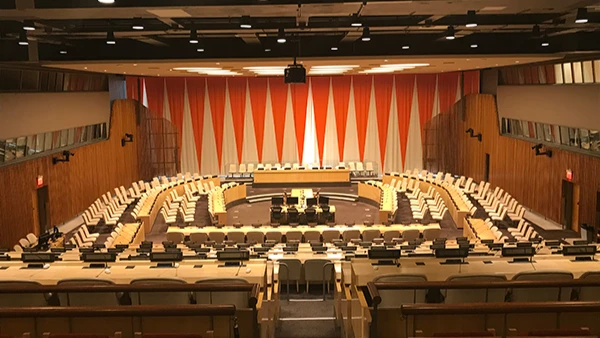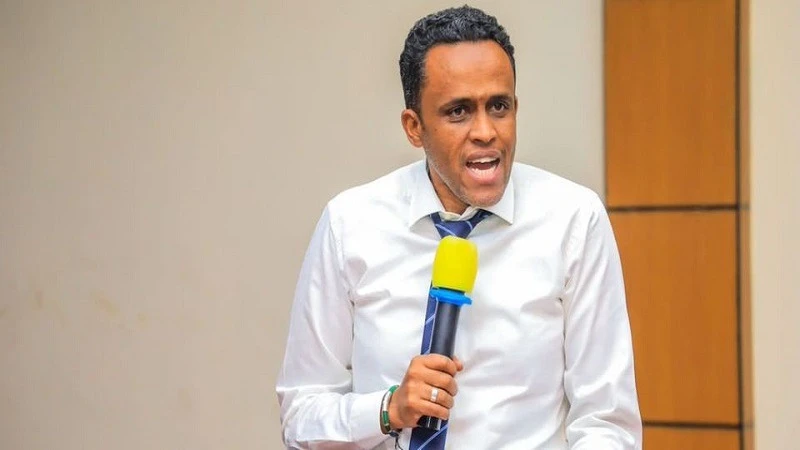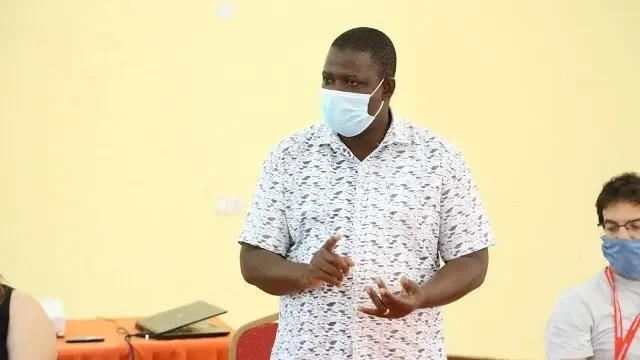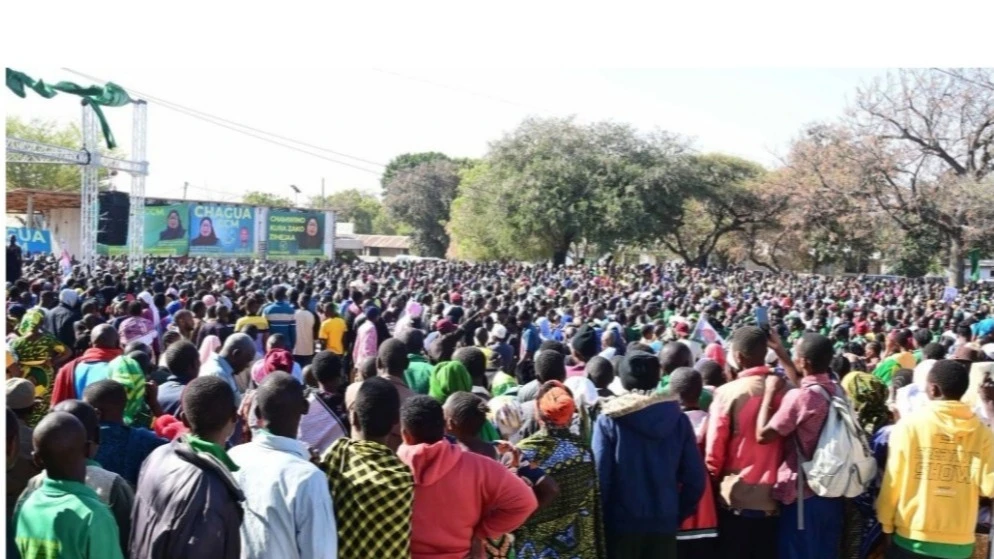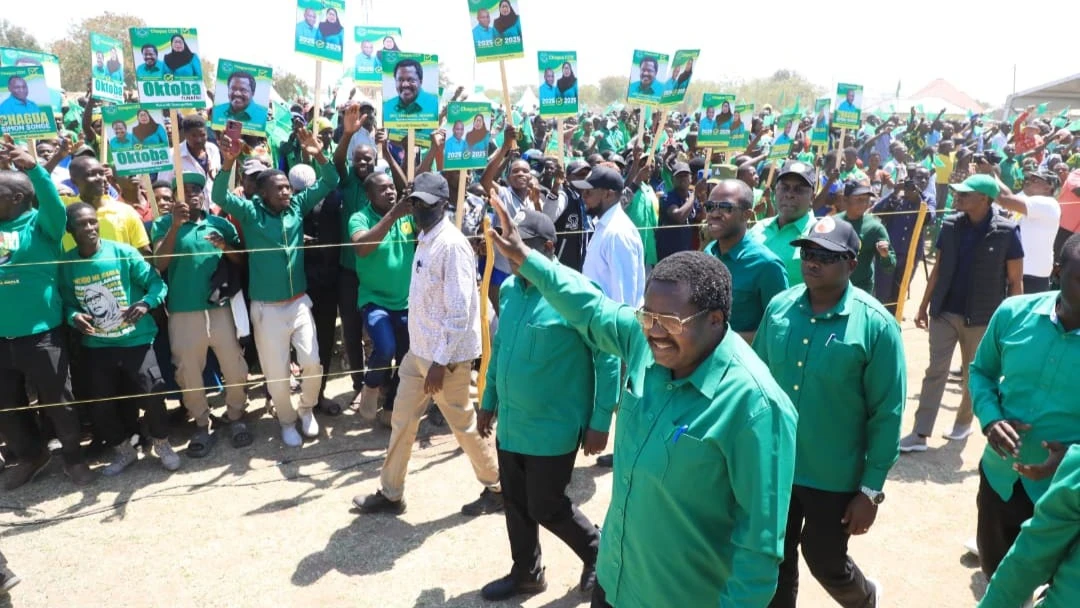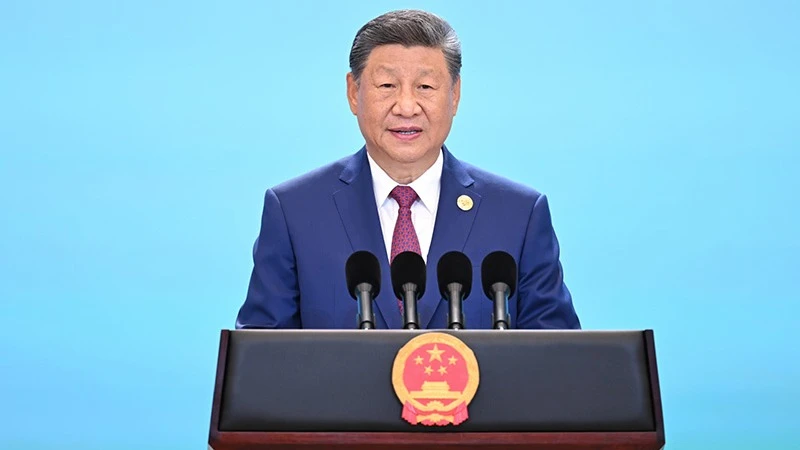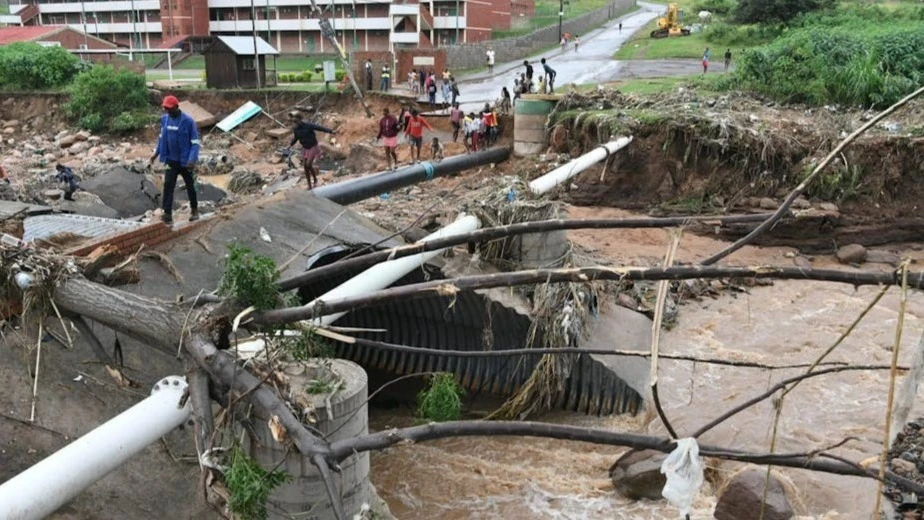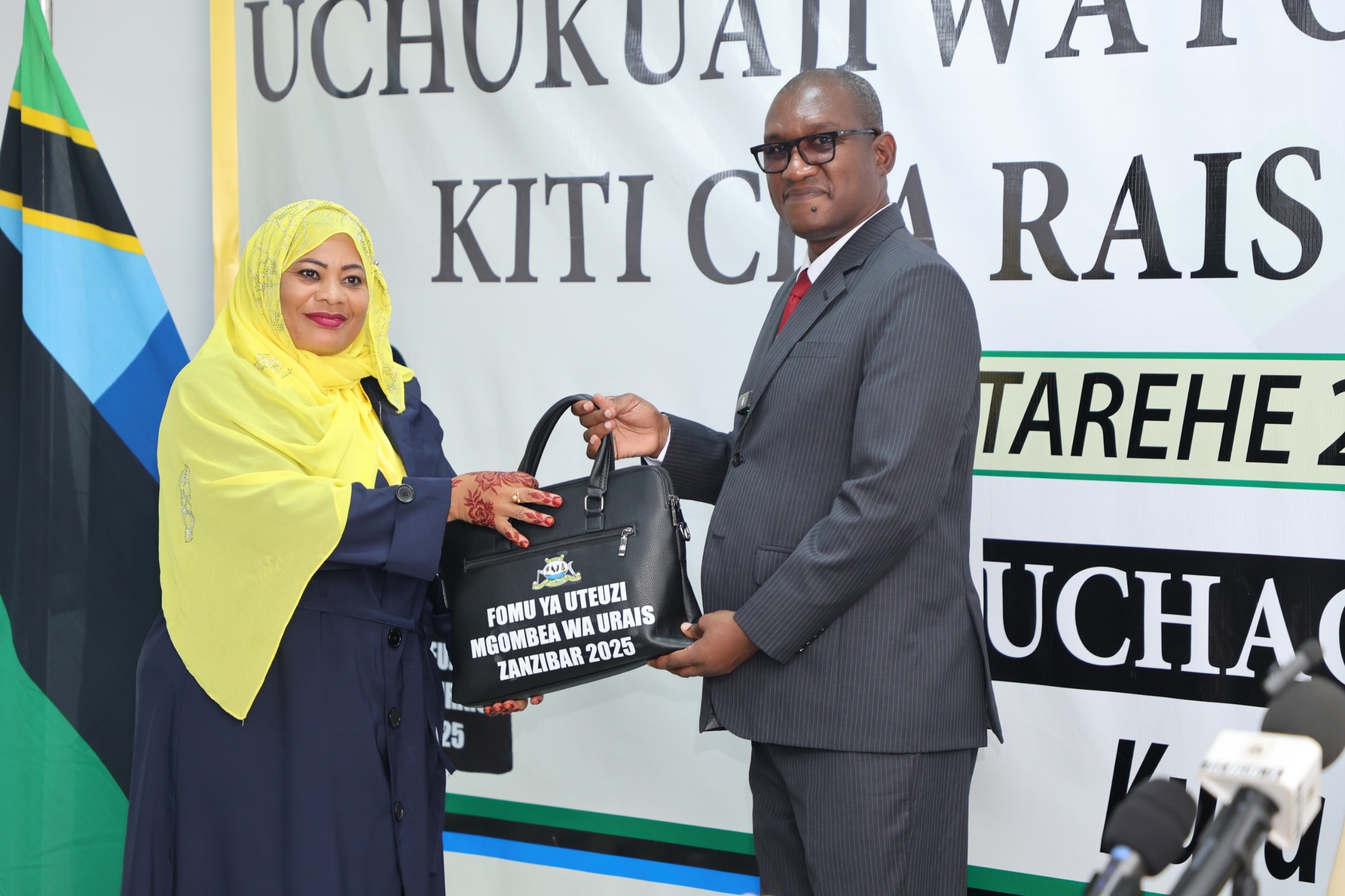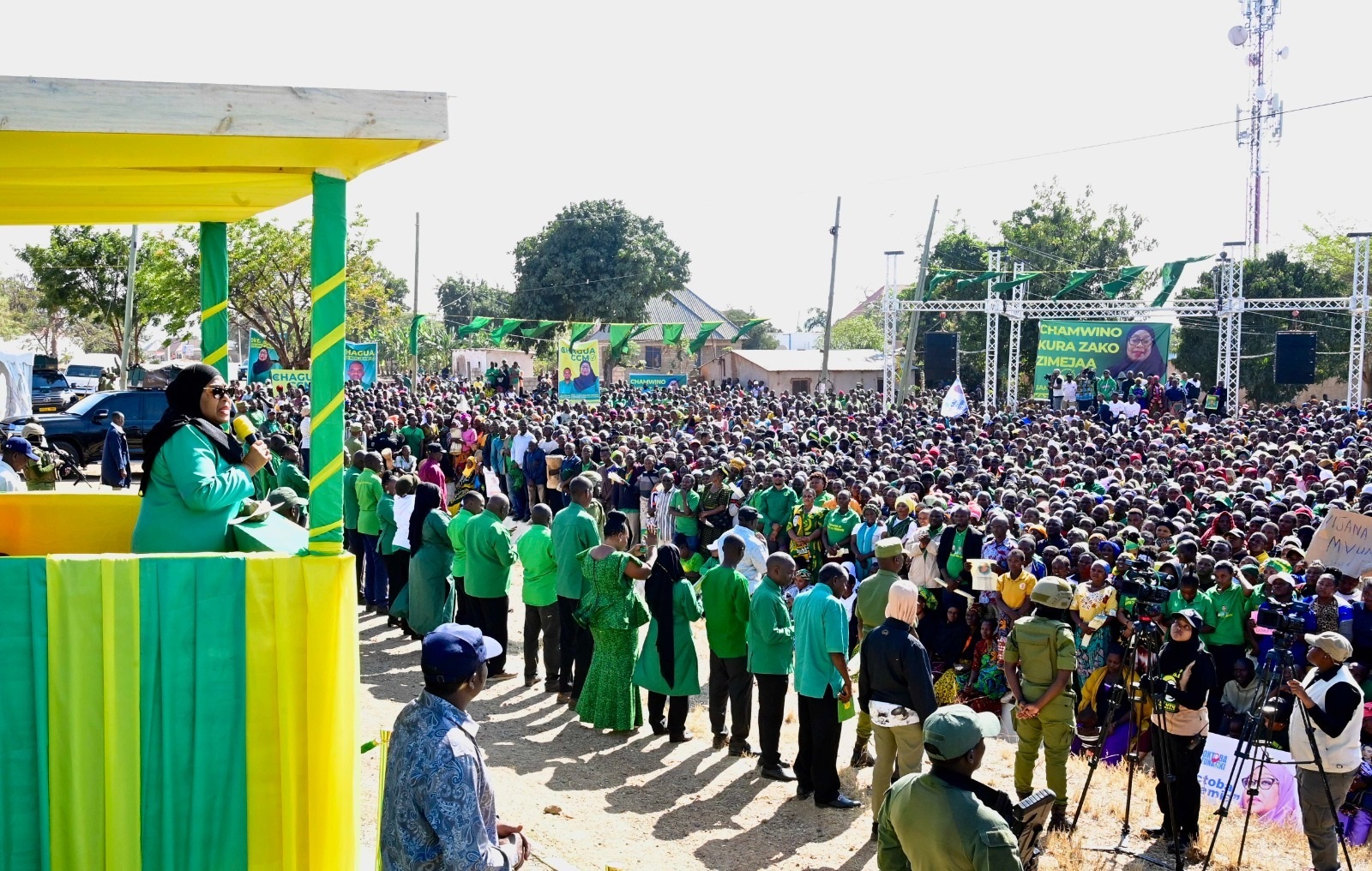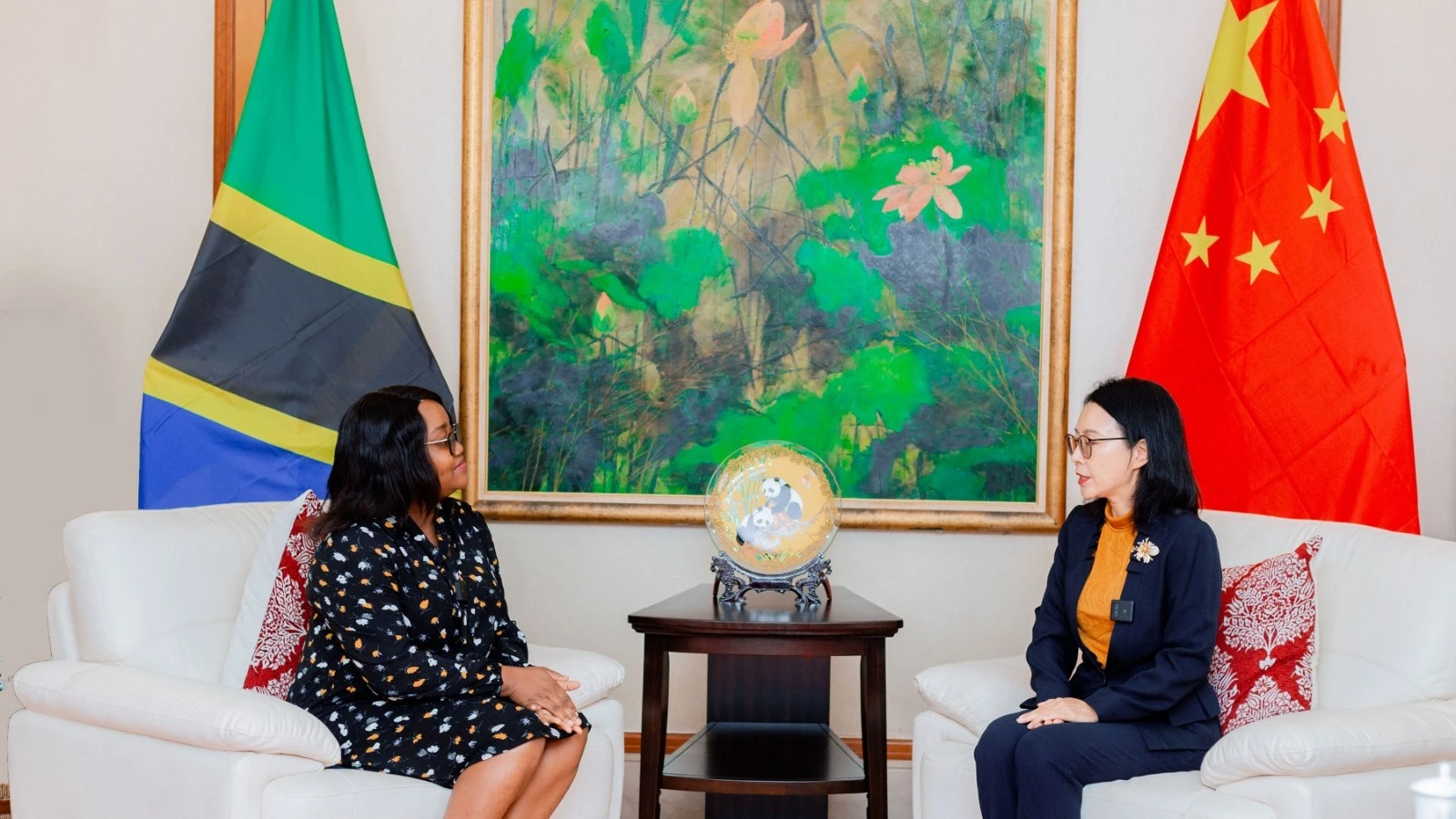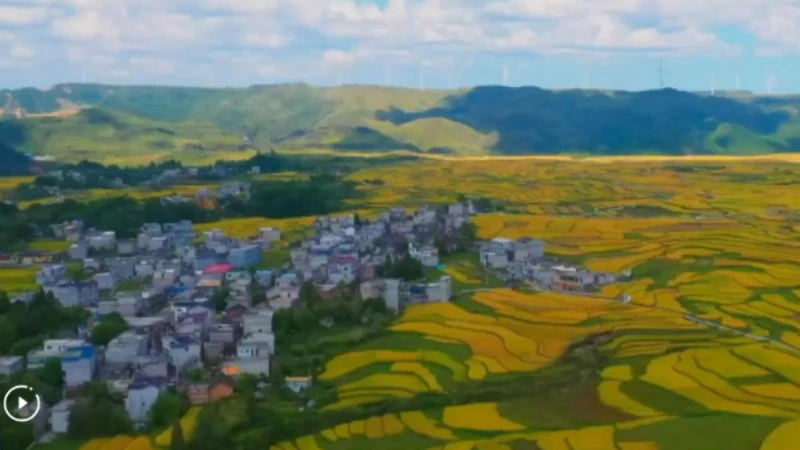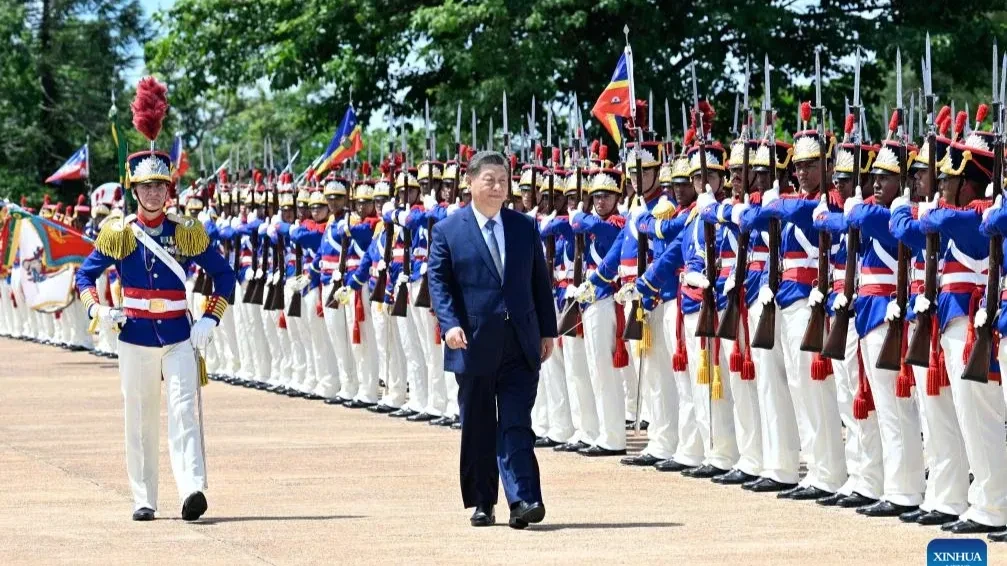Empowering women, youth in decision-making boosts community forest conservation, sustainable livelihoods
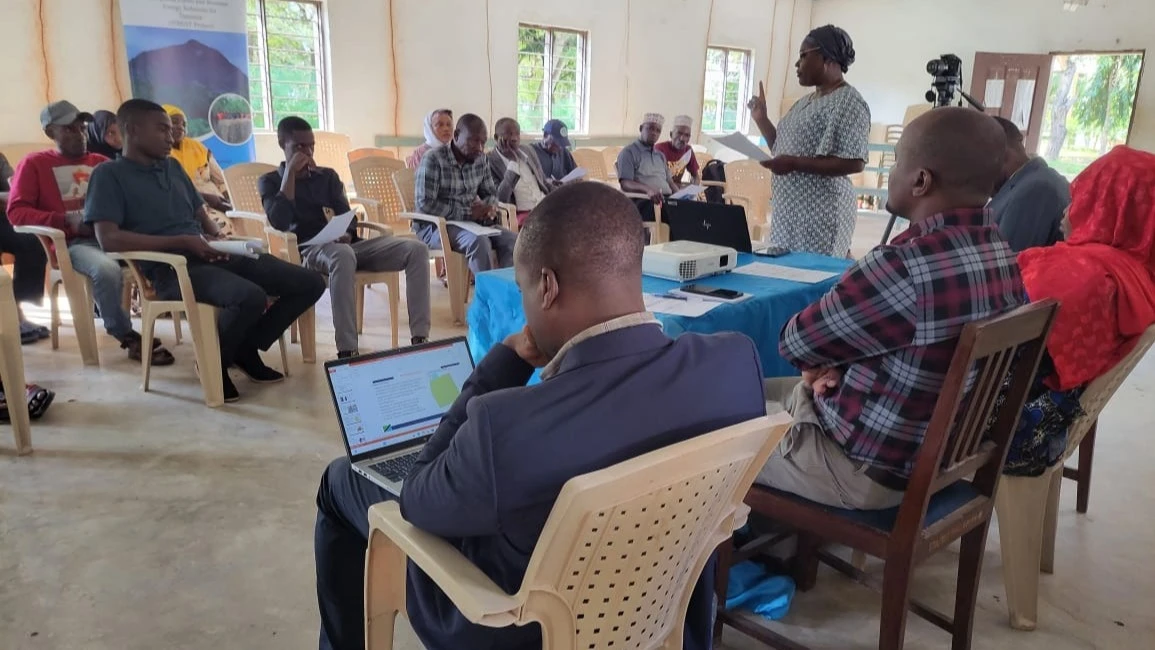
INVOLVING women and youth in decision-making processes related to Community Based Forest Management (CBFM) ensures their voices are heard by decision-makers, the government, and enables them to benefit from forest resources available within their village lands.
Historically, women and youth in various regions across the country have been underrepresented in forest decision-making processes compared to men. As a result, they do not benefit equally from forest resources within their village lands.
Therefore, it is critical to ensure that women and youth effectively participate in decision-making on CBFM and the sustainable trade of forest products.
Additionally, “We should involve women because they possess unique knowledge of trees and forests which enables effective conservation of these resources.
When drought, floods, and hunger occur, women are the ones who travel long distances to fetch water and collect firewood for domestic use.
Elida Fundi, Good Governance and Advocacy Officer at Tanzania Community Forest Conservation Network (MJUMITA) urged village chairmen, district councils, and other stakeholders to empower women and youth to participate in decision-making related to CBFM and other village development issues.
“When organizing meetings about CBFM and sustainable trade of forest products at hamlets, village, ward, and district levels, ensure women and youth are involved to share their ideas and express their needs regarding forest resources,” Fundi told The Guardian shortly after a meeting to address policy challenges and opportunities in CBFM and sustainable forest product trade in Pangani District, Tanga Region.
The event brought together decision-makers, village natural resource committee members, land and natural resource officers, and implementers of the Integrated Forest Biomass Energy Solutions for Tanzania (IFBEST) project, funded by the European Union.
She noted that forest policies, laws, and guidelines should continue recognizing community rights to own, manage, and sustainably use forest resources.
Fundi advised forestry officers, district officials, village chairmen, ward and village executive officers, village natural resource committee members, and MJUMITA’s network members to assist communities in promoting good governance in CBFM.
Good governance is a vital foundation for the sustainability of CBFM and sustainable trade of forest products. She also urged district councils to allocate budgets and provide funds for establishing and implementing CBFM in village areas not yet conserved.
Additionally, funding should be provided for forest officers to offer their expertise and supervise villages implementing CBFM.
Government institutions and stakeholders should assist villages with CBFM to officially formalize their forests, preventing invasions and conversion to other uses.
Participants also discussed various policies and laws granting communities rights and authority to conserve forests.
She named key policies and laws: The National Forest Policy (1998), Forest Act (2002), Local Government Act (1983), National Land Policy (1995), Village Land Act (1999), National Forest Policy Implementation Strategy (2021–2031), National CBFM Action Plan (2021–2031), and National Charcoal Strategy and Action Plan (2021–2031).
They received training on the main challenges facing CBFM, good governance issues, and steps to improve forest management, enabling communities to sustainably harvest charcoal and timber locally.
The primary goal is to help local communities establish village land forest reserves under CBFM, conserve forests, and benefit from resources on their village lands.
This effort aims to prevent deforestation contributing to climate change and enable communities to benefit from carbon trading.
The IFBEST project, funded by the European Union, facilitates this.
The EU contributed 5.4 billion Tanzanian shillings via the Ministry of Finance to enable MJUMITA and the Tanzania Forest Conservation Group (TFCG) to implement IFBEST.
Speaking about the Forest Act of 2002, Elida noted Section 33(d), which allows village councils to establish Village Natural Resource Committees (VNRC) to manage forests within their villages.
Village councils also have the right to develop forest management plans and by-laws to prohibit illegal activities within village land forest reserves.
This includes planning for harvesting and sustainable use within village forest reserves. She called on villages to establish village land forest reserves on their lands for CBFM.
Involving communities enables them to earn income through sustainable charcoal production, carbon trade, and beekeeping, while promoting conservation of village land forest reserves by showing they benefit from forest resources.
MJUMITA and TFCG work to educate communities living near forests and nature reserves on conservation, management, good governance, rights, and sustainable forest use to generate income, improve livelihoods, and implement village development projects with donor support.
They also facilitate MJUMITA members exchanging knowledge, skills, ideas, and experiences on sustainable forest management in various regions, raising awareness through training, advocacy, and networking.
Regarding the National Forest Policy Implementation Strategy (NFPI, 2021–2031), she said its goal is to increase forest conservation under CBFM from 2.7 million hectares to 16 million hectares by 2031, strengthen sustainable forest management, and improve livelihoods through forest revenues.
The strategy also targets a 70 percent reduction in forest degradation by 2031.
Enock Mngumi, District Forest Conservator for Tanzania Forest Services Agency (TFS) said: “As TFS, we collaborate with TFCG, MJUMITA, and district councils in forest conservation. Communities are motivated to protect village forests and increasingly educated on this matter. We rely on forest conservation for clean air, energy, and water.”
“I urge the UJUKWAMKWE network and other MJUMITA networks to raise community awareness so they understand conservation’s importance for present and future generations,” he added.
Napoleon Mlowe, Natural Resource Officer for Handeni District Council, said as forest encroachment increases, “We must develop a new strategy to obtain a Government Notice (GN). Obtaining a GN is not difficult, so we must strive to conserve our forests properly.”
He called on TFCG and MJUMITA to help villages with village land forest reserves secure GNs to prevent deforestation in their areas.
Natural Resource Committee members should educate communities about forest conservation, good governance, and related issues at hamlets and villages to curb forest destruction.
When villages sell forest products and generate revenue, they should allocate funds to install beacons marking boundaries of village land forest reserves to prevent farming, charcoal burning, and grazing encroachments by uninformed individuals.
He also urged VNRC members to hold regular meetings addressing local challenges, including forest management, and report to village leaders and district councils.
Top Headlines
© 2025 IPPMEDIA.COM. ALL RIGHTS RESERVED



